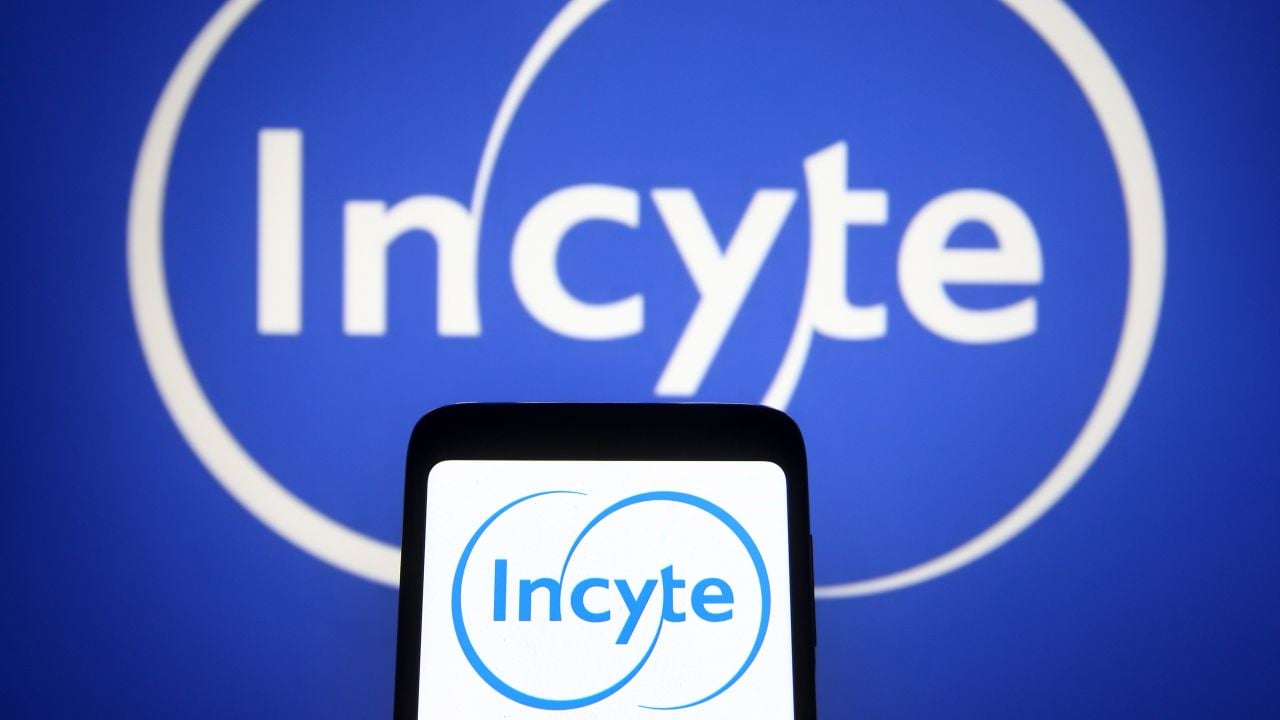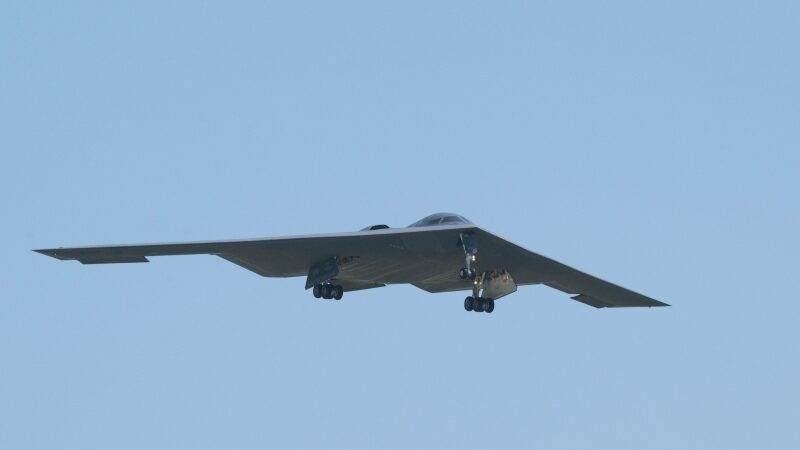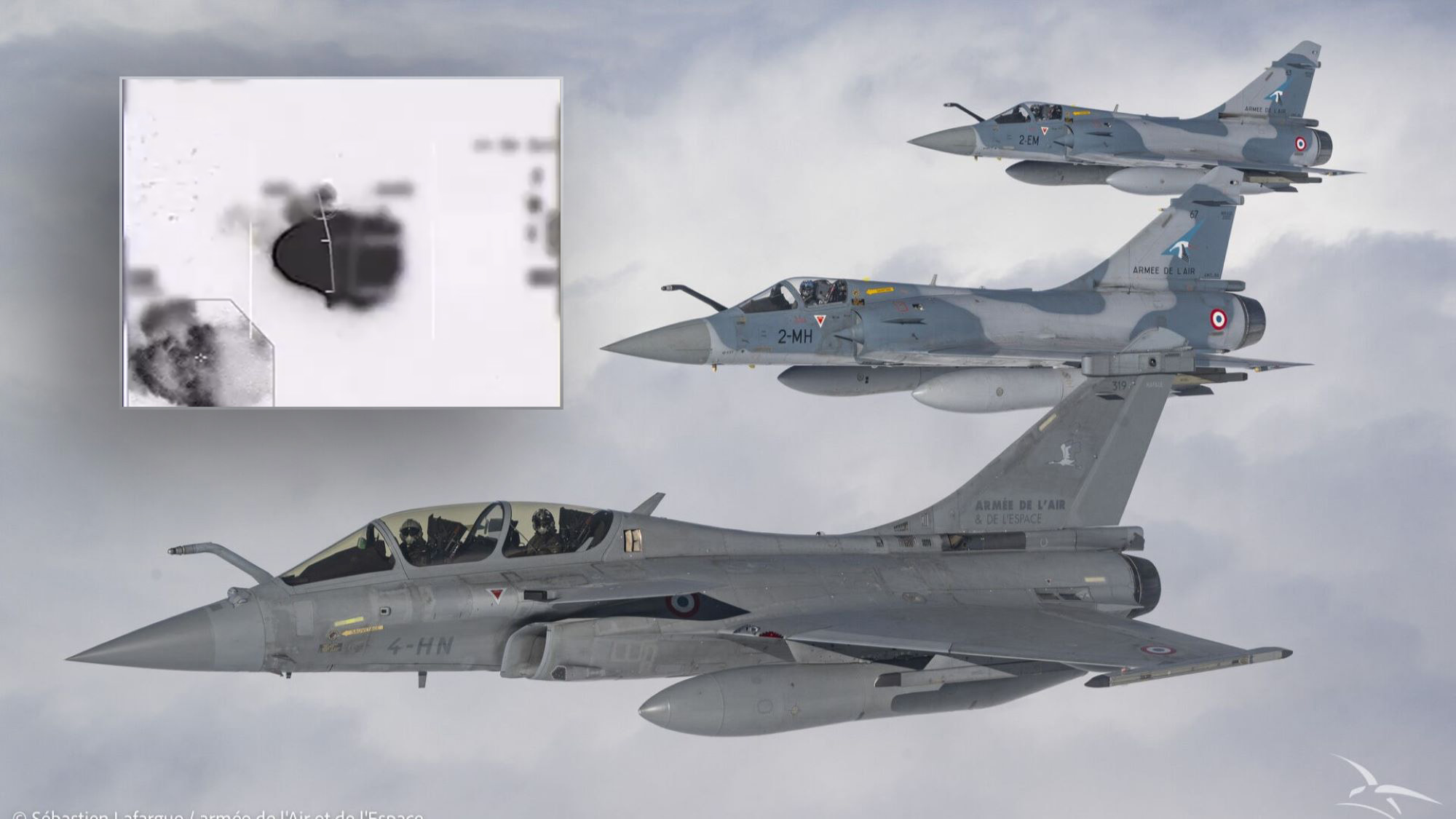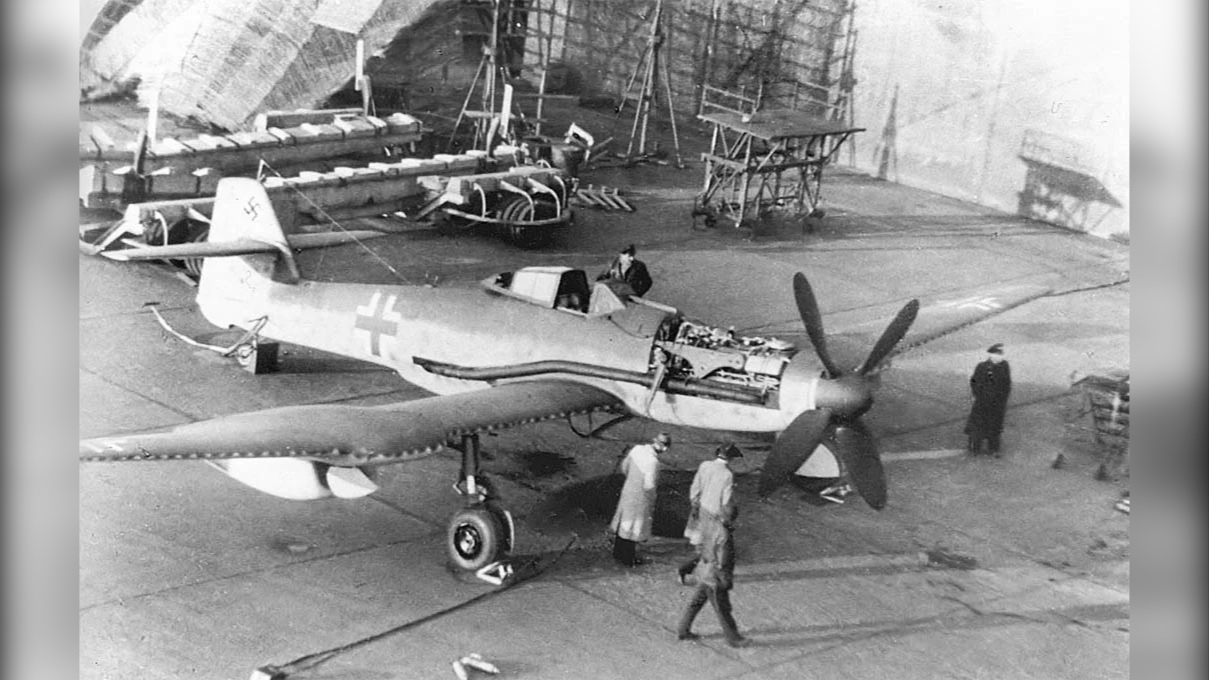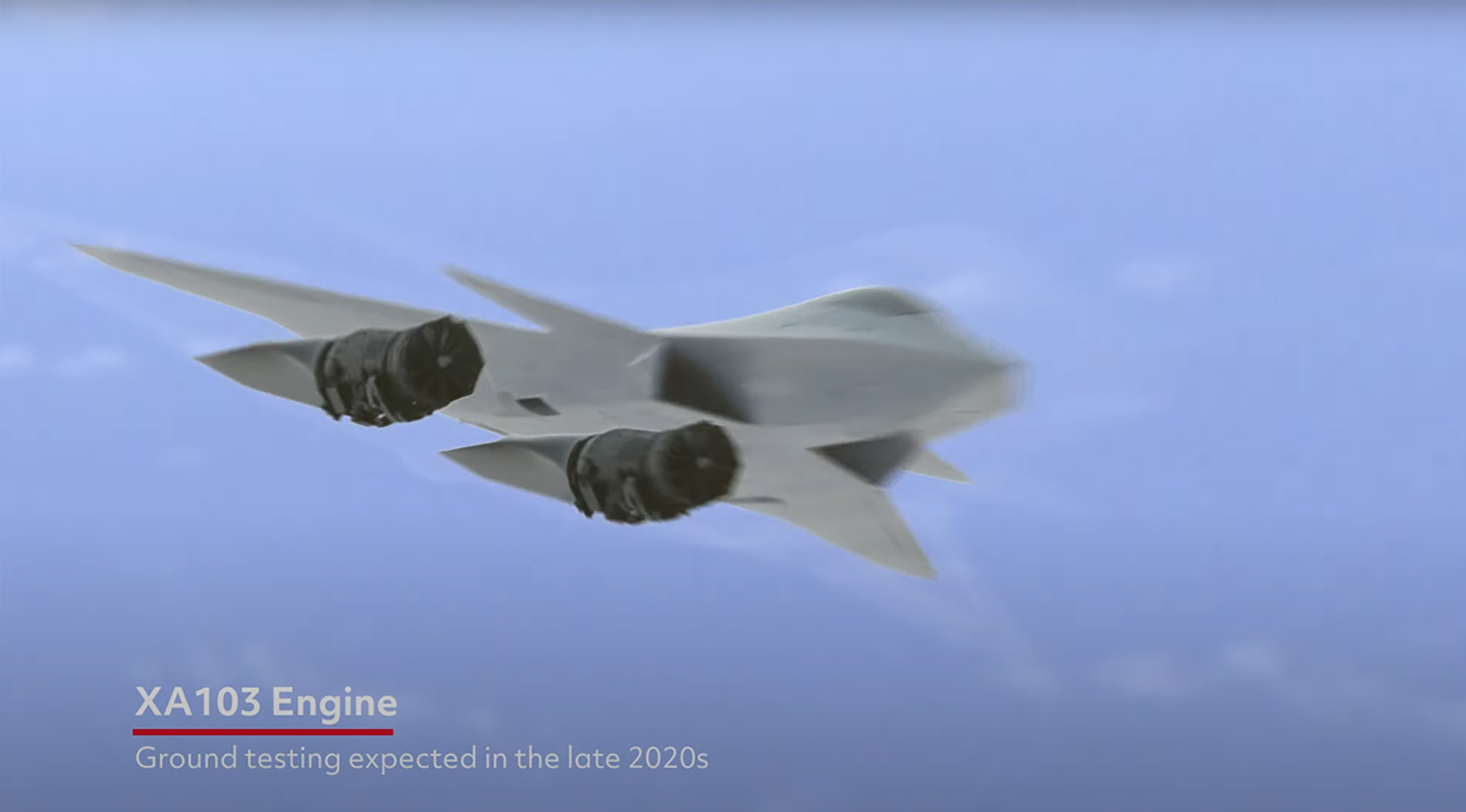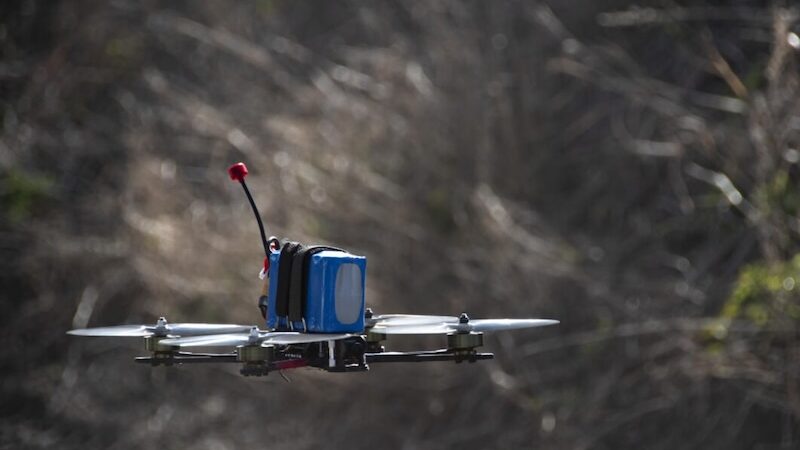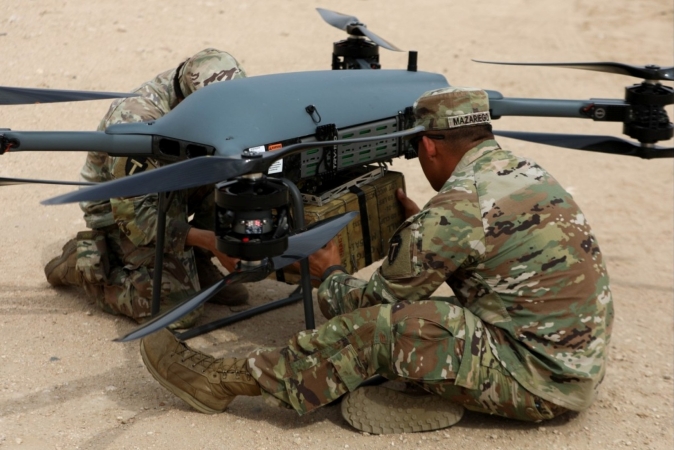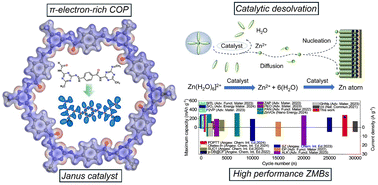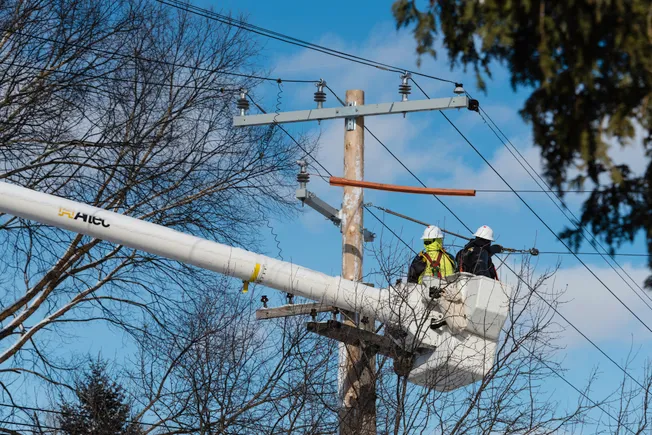SecDef doubles down on claims Iran’s nuclear program is ‘obliterated’
Hegseth rails against reporting on DIA’s initial assessment that strikes did not destroy Tehran’s efforts.

Hegseth began his remarks by raging against the press—naming CNN, MSNBC, the Washington Post and the New York Times—for reporting on a preliminary Defense Intelligence Agency review of the strikes on three key Iranian nuclear facilities. The report said the operation appears to have set back the country’s nuclear program only months, not “obliterated” it, as the Trump administration has claimed.
“And the reality is, you want to call it destroyed, you want to call it defeated, you want to call it obliterated—choose your word,” Hegseth said. “This was an historically successful attack, and we should celebrate it as Americans.”
The secretary reiterated that the DIA report was considered “low-confidence,” common for initial battle damage assessments. News reports on the assessment also noted that it could evolve as more intelligence is gathered.
On Tuesday, CIA Director John Ratcliffe released a statement that his agency has enough credible intelligence to say that the strikes “severely damaged” Iran’s nuclear capabilities. He did not say how long it might take to restore those efforts.
During the press conference, Hegseth displayed vitriol and defensiveness rarely seen in public from a defense secretary.
“You, and I mean specifically you the press, specifically you the press corps, because you cheer against [President] Trump so hard, it’s in your DNA and in your blood to cheer against Trump because you want him not to be successful, so bad you have to cheer against the efficacy of these strikes. You have to hope maybe they weren't effective,” he said.
The defense secretary also claimed, without evidence, that news accounts of the DIA report were attempts to “undermine” the pilots who flew the mission.
Hegseth was joined at the press conference by Air Force Gen. Dan Caine, chairman of the Joint Chiefs of Staff. Caine talked about the years-long effort to develop the GBU-57 Massive Ordnance Penetrator, which was used in the strike for the first time.
Caine said the intelligence community briefed a member of the Defense Threat Reduction Agency in 2009 on a major construction project in the mountains of Iran. With a partner, he would study the site for more than 15 years as what became the Fordow Fuel Enrichment Plant came online.
“They realized we did not have a weapon that could adequately strike and kill this target, so they began a journey to work with industry and other tacticians to develop the GBU-57,” Caine said.
Caine showed a video of a test of the 30,000-pound bomb, meant to display how much damage just one of them can cause, let alone the six dropped at Fordow.
The Pentagon’s fighting forces do not do their own battle damage assessments, so it will take time for the intelligence community to complete their reviews and issue official reports on the state of Iran’s nuclear capabilities.
"A point that I want to make here: the Joint Force does not do BDA by design. We don't grade our own homework. The intelligence community does," Caine said. ]]>

























































